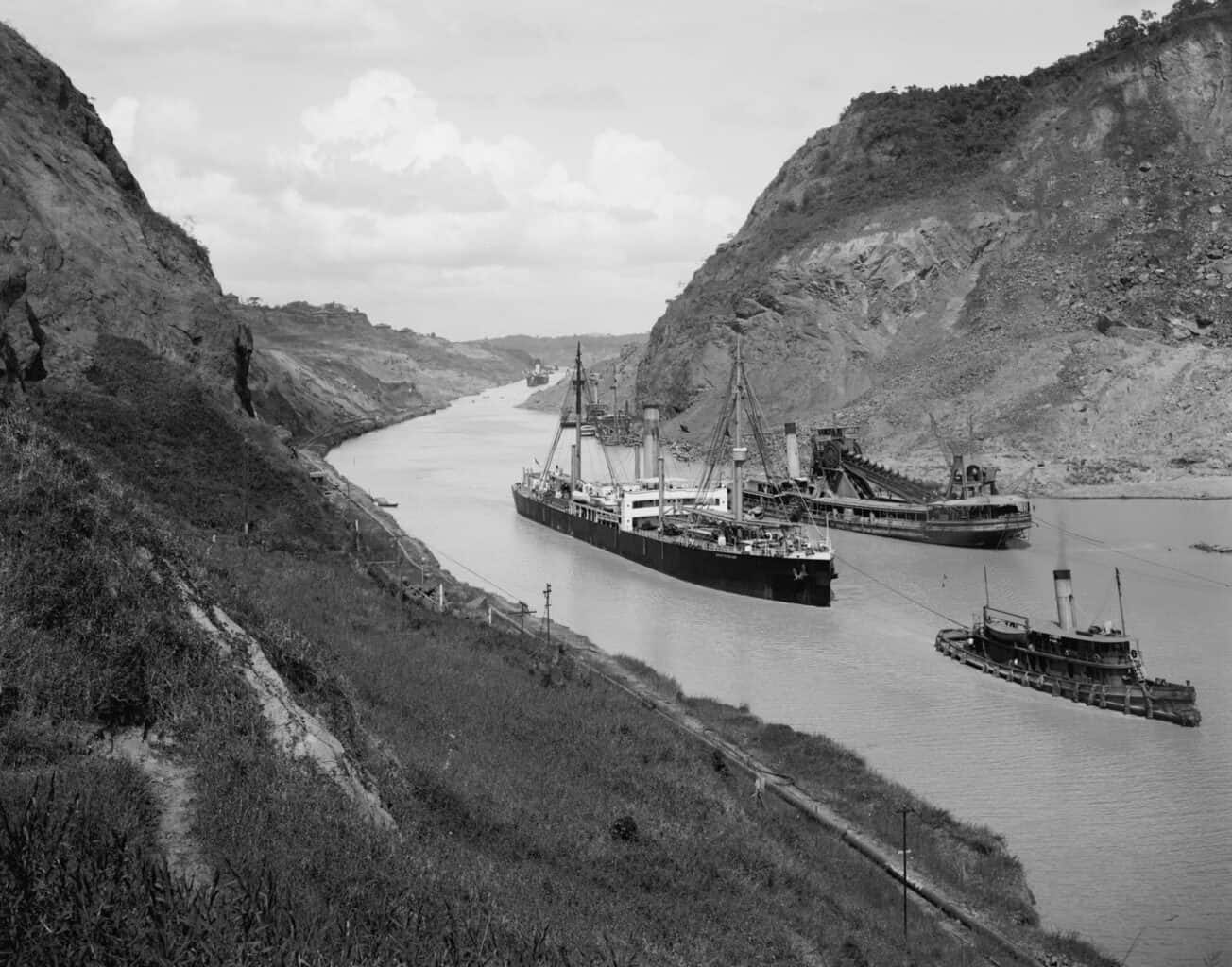FreightWaves features commentary from Market Voices – contributors with unique knowledge of numerous transportation/logistics/supply chain sectors, as well as other critical expertise.
As a FreightWaves reader you know that FreightWaves is constantly pursuing coverage of the most important transportation issues in the world. To that end, its reporters frequently travel to strategic logistics sites to ensure a live-action view of what is going on. Recently I visited the Panama Canal and I am happy to report that things are running smoothly with some newly completed developments and some interesting projects on the horizon.
It seems like just the other day that the expansion of the canal, and whether that gamble would pay off, was the top news in logistics. But fast forward a few years and now the 6,000th new Panamax (or Neo-Panamax) ship passed through the canal in April. It appears that Panama’s big bet that promised to keep the Canal and the country competitive with other shipping routes is doing just that. In fact, the Panama Canal now accounts for around 12 percent of the country’s economy. (If you are interested, read this Flashback Friday article about the history of the Panama Canal.)

Photo credit: Shutterstock
Currently around 12,000 ships pass through the Panama Canal annually, or about 32 per day. The expansion cost around $5.25 billion and allows the larger Neo-Panamax ships to move through the canal. The expansion occurred just in time to coincide with an unprecedented increase in international trade, especially in trans-Pacific shipping.
Designed precisely to be 1,200 feet long, 168 feet wide and 47 feet deep to ensure a fit in the newly improved canal, the Neo-Panamax ships are about 1.5 times the size of Panamax ships and transport twice the cargo. These ships can carry more than 14,000 20-foot equivalent unit (TEU) containers. The expansion project, completed in June 2016, built locks that were 70 feet wider and 18 feet deeper than the original locks. The Panama Canal can now service over 96 percent of all ships in service and the project doubled the number of ships that can pass through the canal at any given time. But the Panama Canal Authority (Autoridad del Canal de Panama or ACP) isn’t finished yet.
The third bridge across the Panama Canal was just completed. It is called Atlantic Bridge and is located near the city of Colon on the Caribbean side of the canal. Construction of the fourth bridge across the Panama Canal began earlier this year. The new bridge is being constructed on the Pacific side of the canal near Panama City. This bridge is expected to help traffic congestion in and around the city, which will allow for freer movement of goods around the port as well. Some officials in Panama are hoping that the bridge – with its newly created traffic efficiencies – will provide an incentive for the building of a new port that is having trouble getting off the ground as well.
In 2017, plans were scrapped for a new port in the Corozal section of Panama City. But some ACP officials are hopefully it will be the next project to begin after the new bridge is completed. The port would cover 635 acres and would be a free-trade zone. However, when bids were sought from the four pre-qualified operators in 2017, none of them submitted a proposal. It appears that the ACP is considering restructuring the plan and resubmitting it for proposals. The new port would be a $1.93 billion project that would further increase the capacity that can pass through the canal.
Currently, 6 percent of all world trade passes through the Panama Canal. The United States is the largest user of the canal; the second-largest is China. Approximately 60 percent of all the cargo that passes through the Panama Canal either originates in or is destined for the United States. But despite being such a strategic “short-cut” for global shipping, the canal does have competition. The canal’s biggest competitors are Egypt’s Suez Canal, which does not have locks and is much cheaper to pass through, and the U.S. intermodal system, which is highly efficient and relatively inexpensive.
Costs have become the canal’s stumbling block, with an average passage priced at around $450,000. Ships pay about $99 per full container, $59 for empties and thousands of dollars more for tugboats, groundwires and ground assistants. Before the canal was expanded, the record paid for a single passage was $461,000. With the Neo-Panamax ships in play, the average jumped and so did the record, to over $1.1 million.
Since the United States relinquished its claim to the Panama Canal Zone, China has steadily crept into the void left behind. In Part 2 of this article, I will write about China’s relationship with Panama and the Panama Canal and what that means for the United States, the Western economies and global trade in general.
